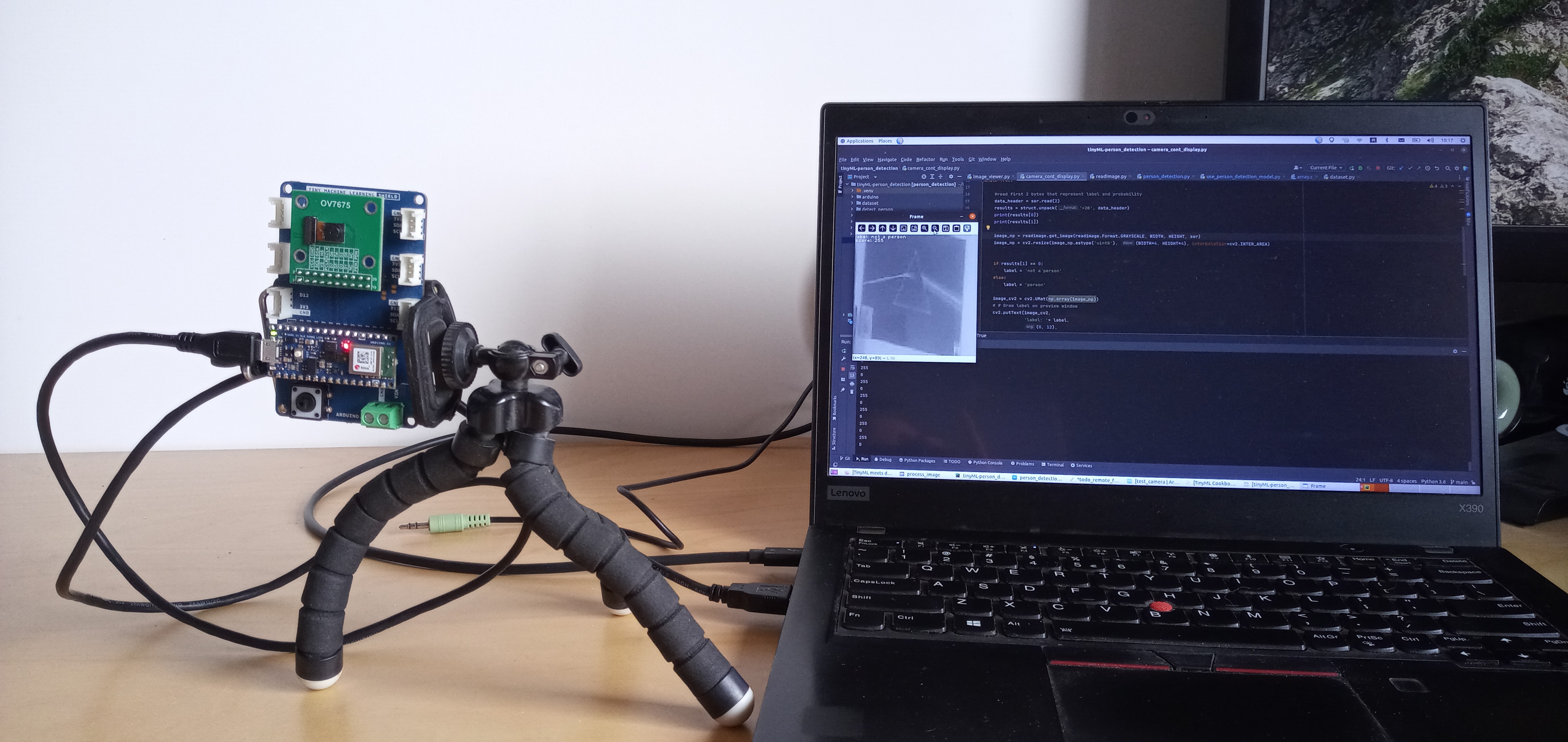I believe gathering a proper dataset is the key in any machine learning project - it may seem trivial, but this task shall not be underestimated. The model's accuracy depends on the data that is used. The algorithms need thousands of examples to learn the patterns and to be able to make predictions. Additionally, the dataset needs to have the proper representation of of each class.
Regardless whether you decide to go through a full chain of machine learning experience or want to use platforms like Edge Impulse or Neuton - you still need to prepare your dataset.
Nowadays there is plenty of available free datasets one can use for ML algorithms. However, for the project like this one (on embedded system), it is best to build the dataset using the same sensor as the one planned to be used for the inference after deployment. It is possible though to make use of transfer learning (thus a network already pretrained on another dataset), however I will leave this topic for later.
As I am working on the binary classification algorithm - I need to gather 2 subsets of images - one containing a person (I started with various pictures of me and my partner) and another without a person - all sorts of the background in our house and additionally some images of our dog. I used test_camera.ino sketch (from my repository) that sends an image over a serial port after pressing a button. Additionally I created a python script image_viewer.py that receives data from serial port, displays it and asks whether to save it. I found that option very handy as it turns out it is not so easy to aim with that camera! Also it seems my hand is not that stable as I thought.
I'll be using 96x96 grayscale images for inference thus I decided to transmit such images straight away from the microcontroller. Another option is to send the pixels retrieved from the camera and then pre-process it on the PC just before training - however, I wanted to be sure of my processing algorithms on the arduino and keep the images consistent - both for training as well as for inference.
I collected 60 images including a person and 60 images not depicting a person. Additionally I placed them in the folders marked 1 and 0 respectively. I know that this is a small dataset (1000 images per class is considered a decent dataset), however should be sufficient for first trials.

 kasik
kasik
Discussions
Become a Hackaday.io Member
Create an account to leave a comment. Already have an account? Log In.